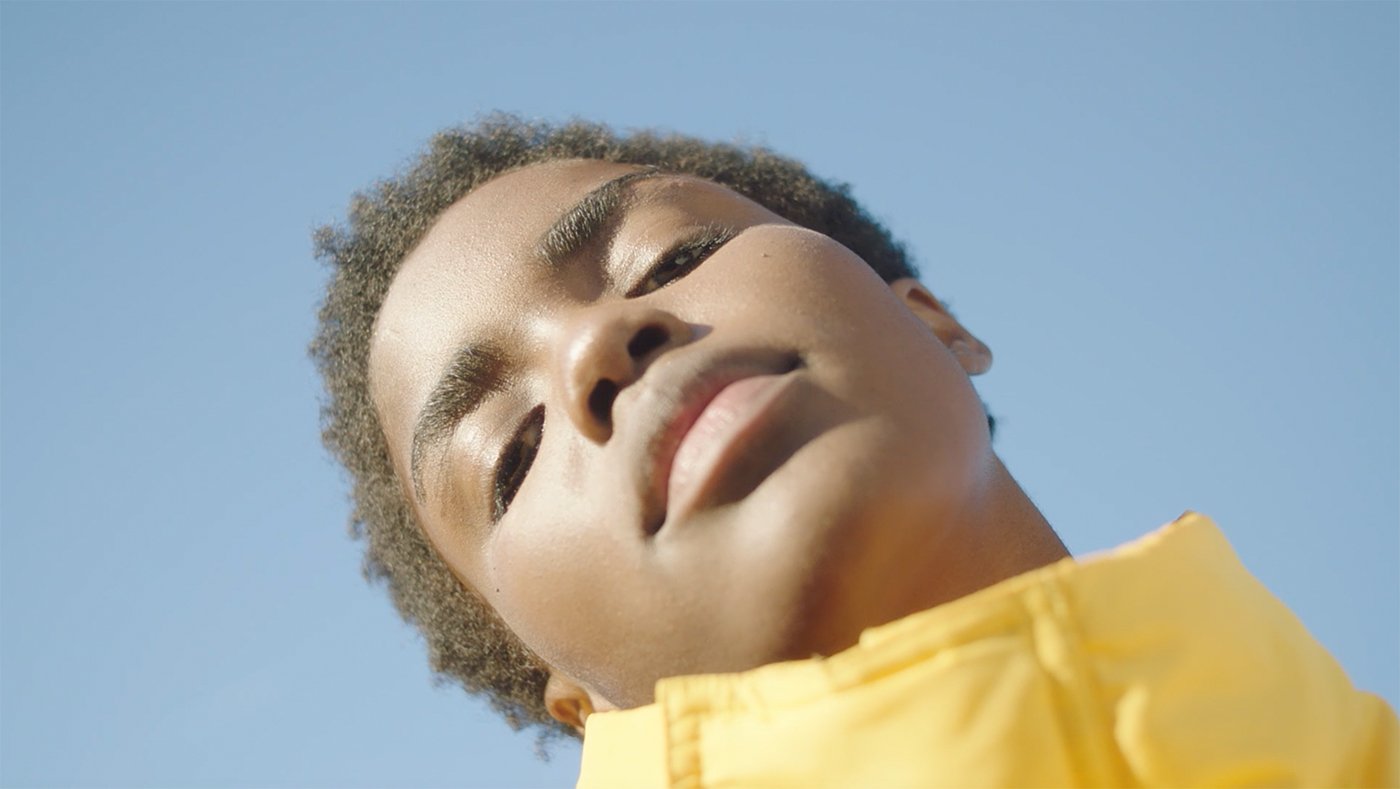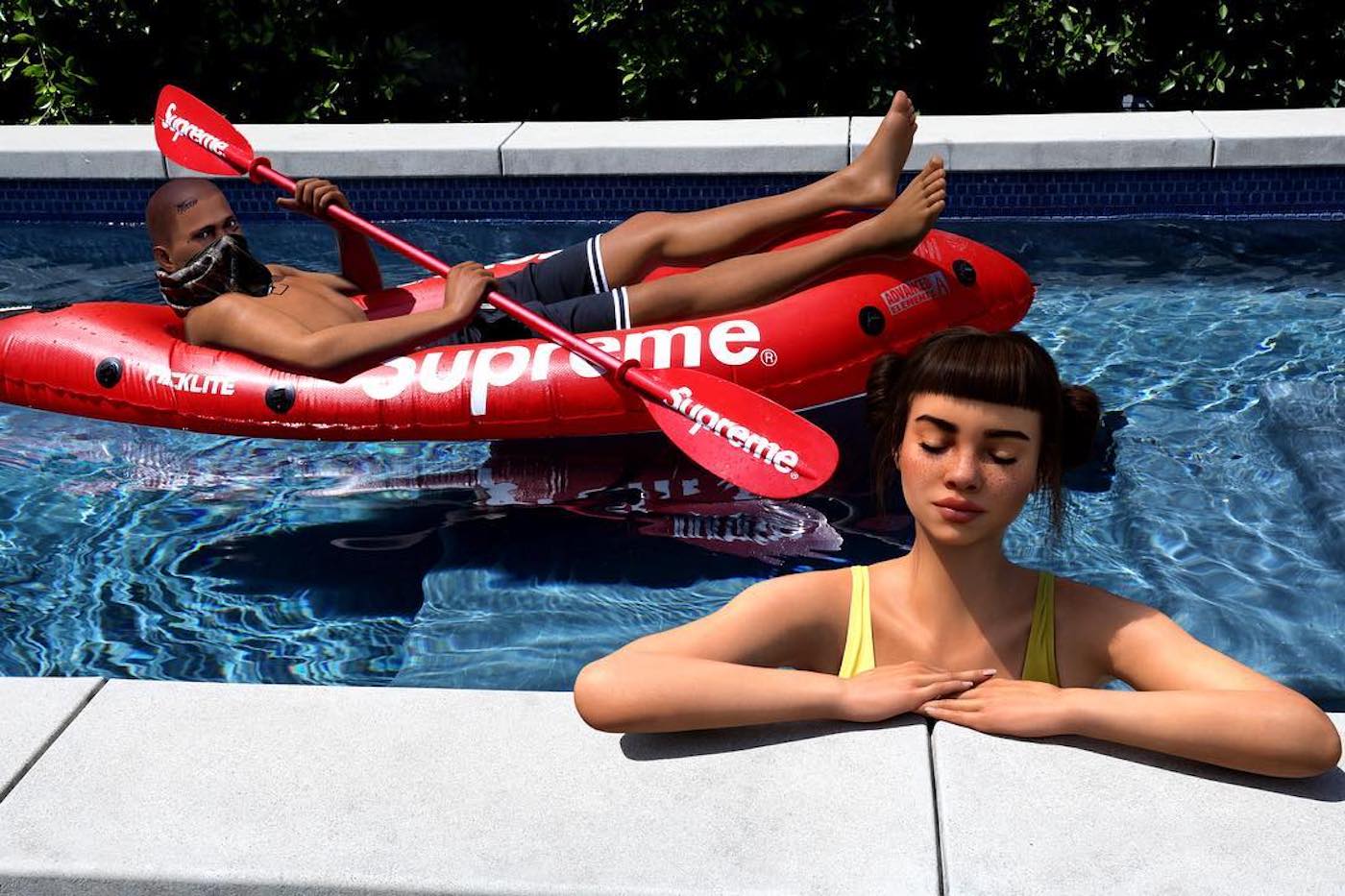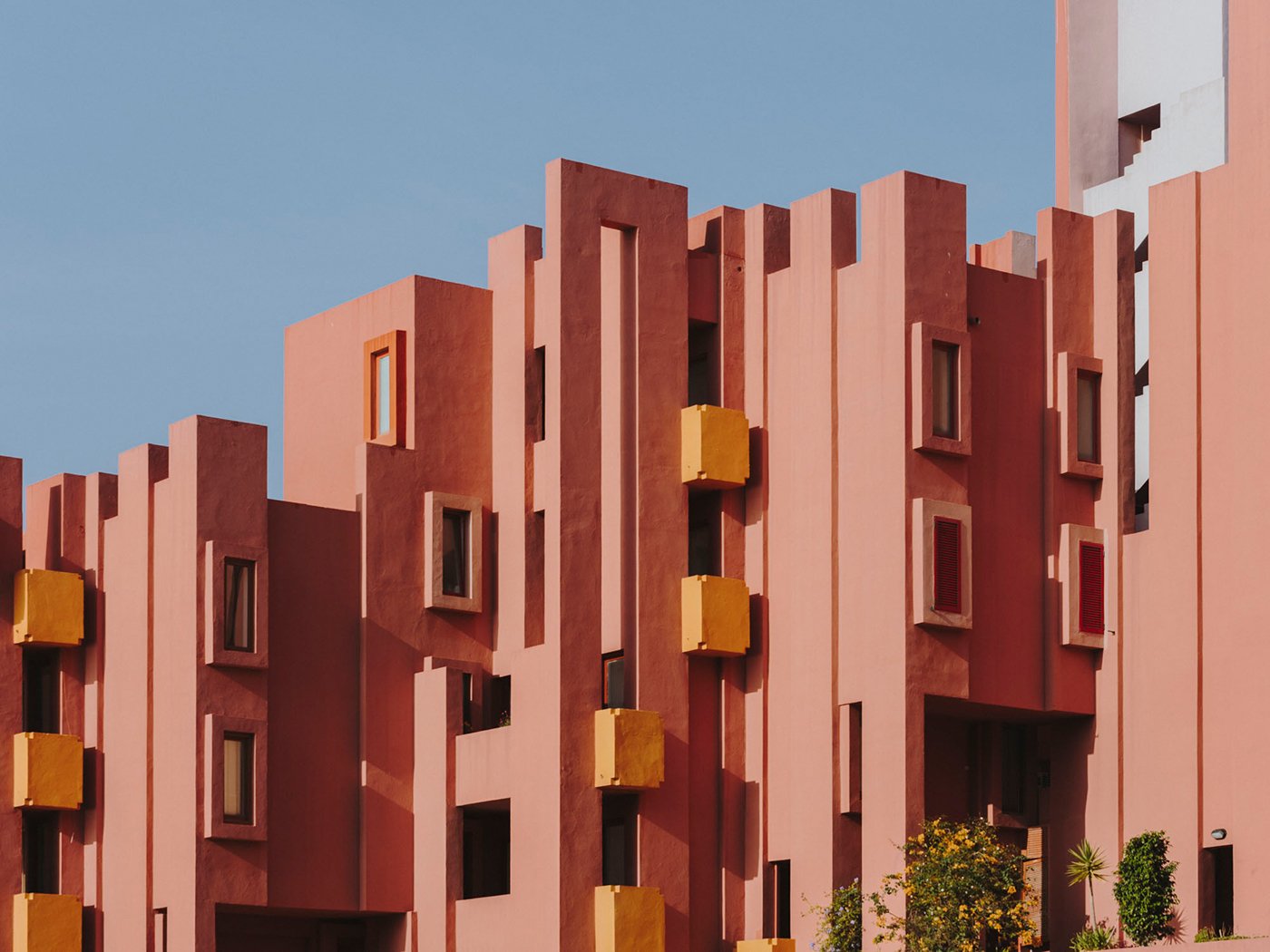
Brutalist Romance In The Mediterranean
Salva López on beautiful places to get lost in
Composition and space are traits needed from photographers to make you challenge the captured surroundings and offer another point of view on the subject. Enticing the viewer in is the initial element, telling a story through that is the difficult part.

One of Ricardo Bofill's first projects, La Muralla Roja, has turned into a tourist landmark within the La Manzanera development in Spain's Calpe. The striking colors and contrast are influenced by Arab Mediterranean traditions of the casbah. (Photo: Salva López)
Spanish photographer Salva López has the ability to pull you in, then take you on a story, which is why his style is so suited to print. Salva has been shooting some of Ricardo Bofill's most recognized architectural masterpieces ahead of our book release next year, so we took this opportunity to find out his path into photography and how Bofill's creations played a role in his childhood.
In the past critics used to say his images were 'too well-composed,' but he took this on his stride and made it a strength which is now part of his aesthetic
Born in and based in Barcelona, Salva had a passion for photography and architecture growing up but originally trained as a graphic designer. His path into photography actually started quite late. He recalls being 23 years old in 2007 and getting his first digital reflex camera and that being a defining moment in switching disciplines. Already obsessed with photography, his relationship changed after moving from analog to digital, from this moment he wanted to turn his hobby into a profession.

Born and raised in Barcelona, Salva was familiar with Bofill's fortress-like structures from a young age. Walden 7 was ingrained in his memory from passing it every morning on his way to school. (Photo: Salva López)
Salva's dabble into the graphic design-world left a mark on his photography style. He told us that he has always "been involved in minimalism graphic design. Somehow naturally I started taking pictures following this trend." He says his images are usually described as "a graphic composition." In the past critics used to say his images were 'too well-composed,' but he took this on his stride and made it a strength which is now part of his aesthetic.
The brutalist structure of Walden 7 on the outskirts of Barcelona, which sits adjacent to Ricardo Bofill's residence and architecture practice La Fabrica, was actually on Salva's journey to school
Celebrated for his style and approach across the world, Salva has made composition part of his own signature aesthetic. He believes it's crucial for your work to be recognizable, which is why he tries to keep his personal and professional work in the same stylistic spectrum.

La Muralla Roja looks to appear from the rocky cliffs it sits on. The walled citadel feel of the structure takes a leaf out of Northern African architecture. (Photo: Salva López)
Salva says the work of Bofill has been present in his life since his childhood. The brutalist structure of Walden 7 on the outskirts of Barcelona, which sits adjacent to Ricardo Bofill's residence and architecture practice La Fabrica, was actually on Salva's journey to school. One of his best friends lived in the building, which he first visited aged seven and still remembers the feeling of being impressed to this day.
"I was looking forward to visiting and shooting La Muralla Roja. To be honest, it was a big challenge for me because great photographers have been shooting there and I found it difficult to get another point of view. I'm truly happy and satisfied with the results, more than expected”
Brutalist architecture for decades was the symbol of the underclass and soulless town planning. But a new generation looks at the style of architecture with optimism, instead, it has become an iconic reference from a progressive era that almost transformed society forever. Millennials look at these structures as utopian dreams that were on the brink of creating a more equal world. This has created a new love for brutalism and made it a topic of public discussion.

Through studying graphic design, Salva developed an understanding of a wider visual culture that has become part of his trademark aesthetic today. Once labeled a flaw in his early work, his ability to beautifully capture architecture and people in such a refined way is what makes him one of Spanish's most exciting young talents. (Photo: Salva López)
Four years ago Salva was contacted by Monocle to shoot the place, which turned the series into a social media sensation. A Catalonian-native with an eye for minimalism and composition made him a perfect fit for our forthcoming book on the post-modern architect Bofill. He has been showing previews of what’s to come in the book on social media, including a visit to La Muralla Roja, Spanish for 'The Red Wall,' which is a housing project located within the La Manzanera development in Spain's Calpe. Topped out in 1968, the place is one of Bofill's earliest works and recognized globally for its cold Arab Mediterranean references. We asked him what it was like shooting there, and what the community living there was like?
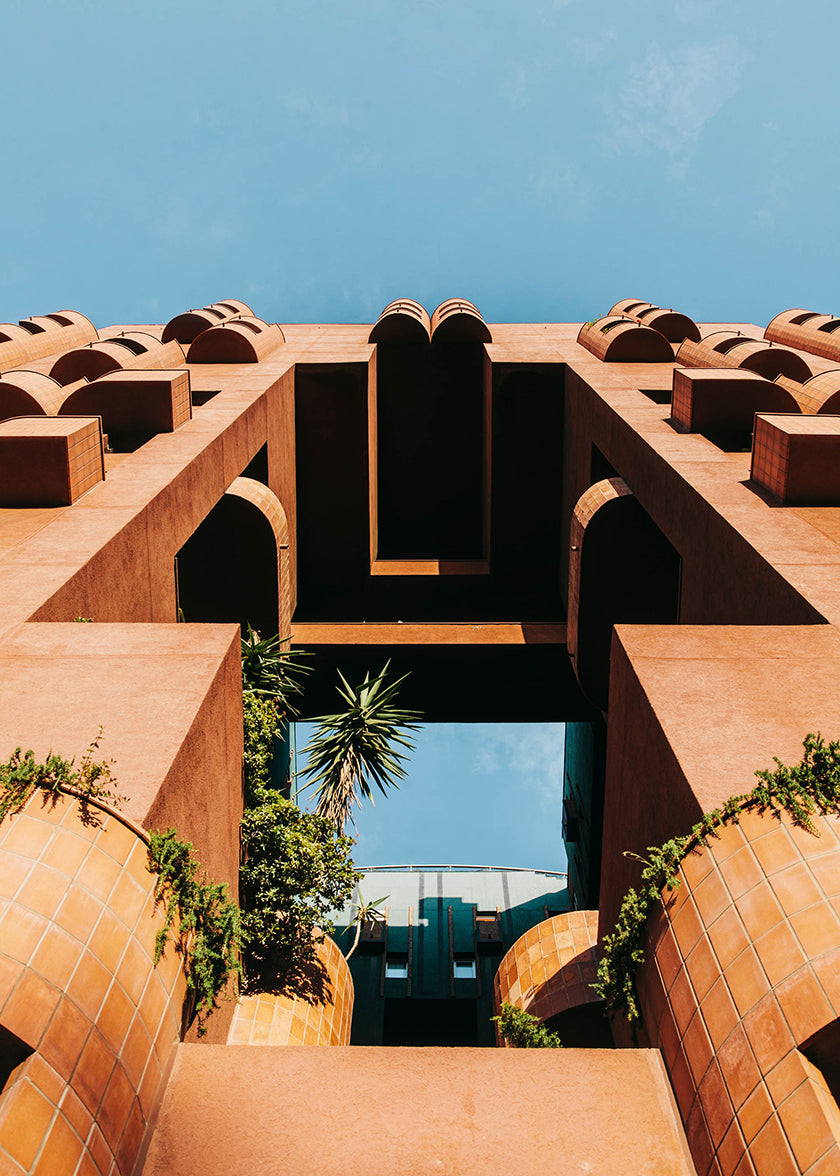
Completed in 1975, Walden 7 is a testimony to some of Bofill's earliest ambitions and addressing most of the problems of modern city life. It was a vision into another potential future and way of living in modern societies, although there are other like-minded approaches across the world, these types of structures were deemed to ahead of their time. (Photo: Salva López)
"I was looking forward to visiting and shooting La Muralla Roja. To be honest, it was a big challenge for me because great photographers have been shooting there and I found it difficult to get another point of view. I'm truly happy and satisfied with the results, more than expected. The atmosphere of the place is very awkward nowadays though. Every day hundreds of tourists land there to see it but they are not allowed to get in because the neighbors call the police. You can feel the tension in there and while shooting I was asked by many neighbors if I was allowed to be there."
When it comes to architecture, Salva is attracted to peculiar places. He told us that "brutalism architecture is very interesting in this sense. It has kind of a dystopian aesthetics. Usually, I'm interested in places that transmit some kind of melancholia."

As a new romance with these brutalist visions living is formed, countries are beginning to visit this style of design as a solution to heavily densely populated areas. Although no names were mentioned, Bofill has been approached by Asian countries wanting to use his approach to help design the cities of the future. (Photo: Salva López)
Influenced by his background in graphic design, Salva has a reputation for his visual understanding of composition and space, winning awards such as the Fotoactitud and Photoespaña. His ability to capture spacial awareness is why his style of photography agrees with the format of print. Salva believes the best way to review photographic work is through print. He has noticed in recent years that there has been a trend to make photo books, despite it not always being the best way to showcase the work.

Walden 7 has an exterior facade that gives of the presence of a huge fortification completely painted in red. What also makes the building so distinctive is its modular but unsystematic grid. Spread over eighteen floors with seven courtyards, plus extensive public space, Walden 7 is a unique concept in the Meditteriarian. (Photo: Salva López)
In the past, Salva opened an online platform with his creative partner José Javier Serrano called Have A Nice Book. The pair met while training as graphic designers. They shared a love for photographers Stephen Shore, Joel Sternfeld, Mark Steinmetz, and Alec Soth, and this joint passion was one of the sparks that helped sway their decision to follow photography as a career path. They've continued to collaborate under the collective name of 'Yosigo.'
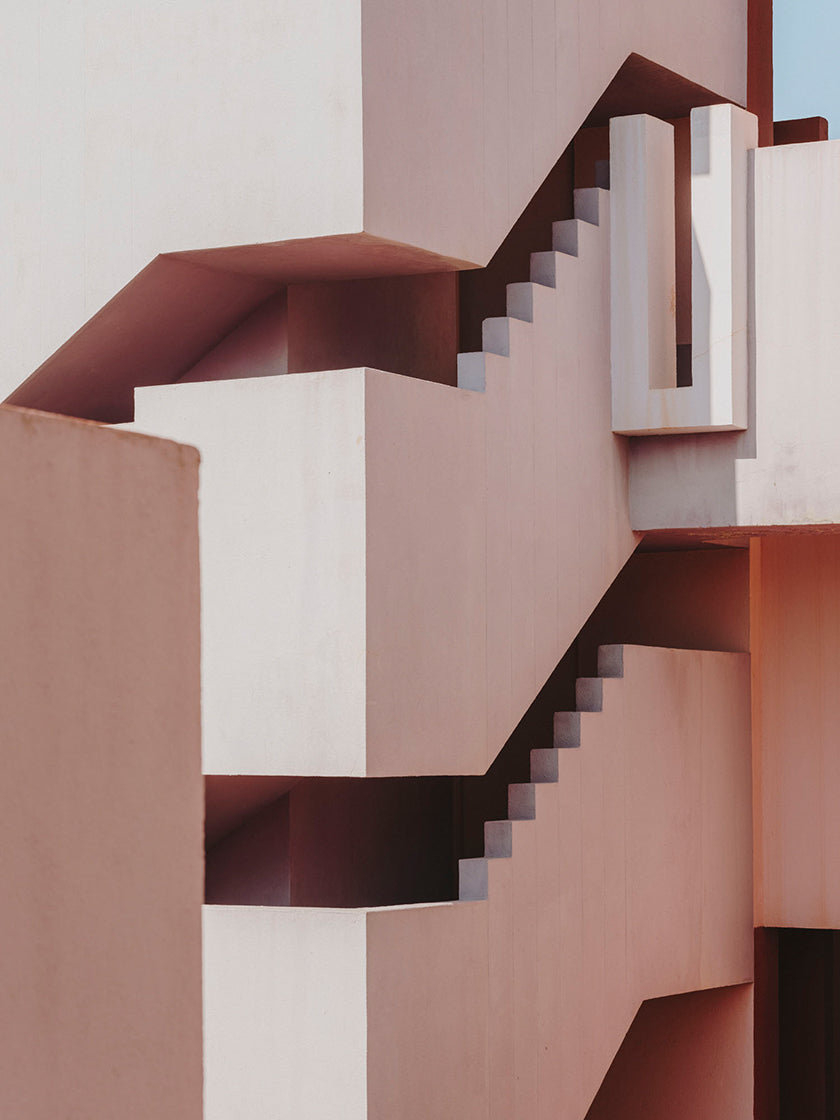
Salva has a strong sense of visual identity, from the way analyzes a landscape to the way he curates his prints. Composition, lines, and color are all elements that he processes before his subject. In this image, he wanted to show another side La Muralla Roja which has been shot dozens of times by other established photographers. (Photo: Salva López)
To conclude the interview and whilst on the subject of books, we asked Salva if he has a favorite gestalten book. He said the first one that comes to mind is Hide and Seek because he has a fascination with cabins.
Explore other architectural books and releases from gestlalten.

